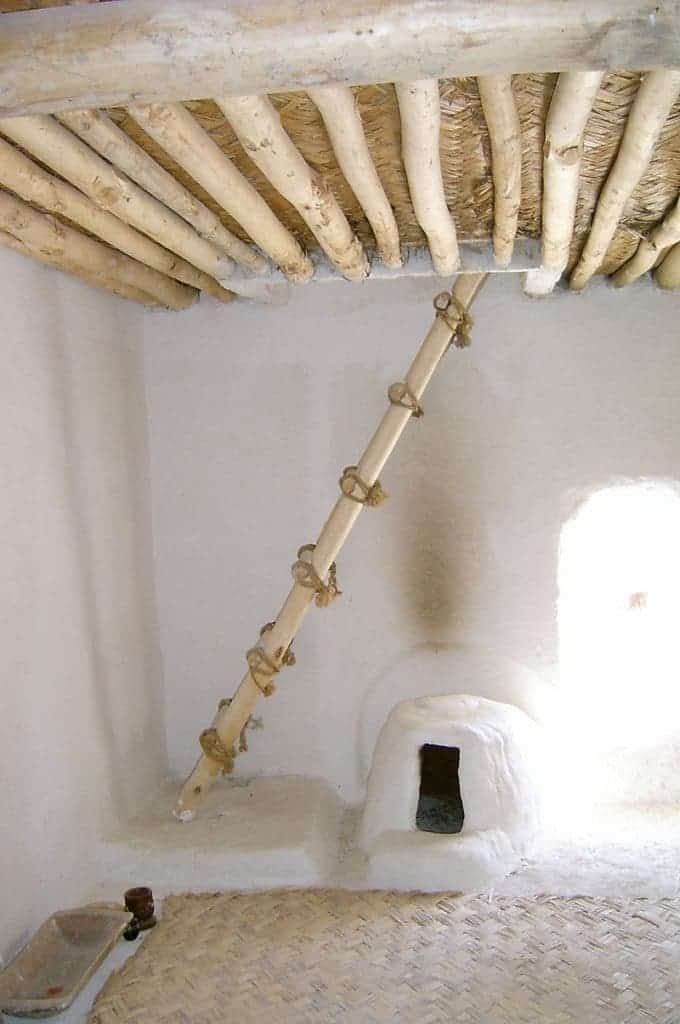Archaeologists have unearthed an intact female figure carved from marble, dating from up to 10,000 years ago.

The statue is unique in terms of quality and craftsmanship. It depicts a voluptuous female figure, possibly a fertility goddess. It’s made from a type of marble, measuring 17 centimeters (6.7 inches) in length and weighing one kilogram (2.2 pounds). The team that found it, led by Professor Ian Hodder, an anthropologist at Stanford University in the U.S., believes it was part of a ritual.
It’s not yet clear how old the statue is, estimates putting it at 5500-8000 BC.
The statuette was found at Çatalhöyük, a very large Neolithic and Chalcolithic proto-city settlement in southern Anatolia, Turkey. The site was founded in approximately 7500 BC and abandoned in 5700 BC – one of the largest cities in the world at the time. The city was composed entirely of domestic buildings, with no obvious public buildings.

In this context, the figurine could be increasingly important. If it’s older than 7500 BC it may force us to rethink the evolution of Çatalhöyük, and if it was indeed part of a ritual then it could provide important insight into the cultural life of the city’s inhabitants. Did they perform rituals in homes, rather than in public places? What kind of ritual was it? Those are the kinds of questions archaeologists hope to answer in the future.
The city marks an important period in humanity’s history – the transition from settled villages to urban agglomeration. Çatalhöyük has been studied for more than 50 years but new artefacts such as this one, are still brought to light.






